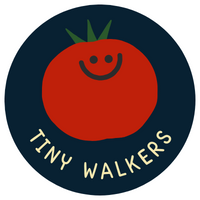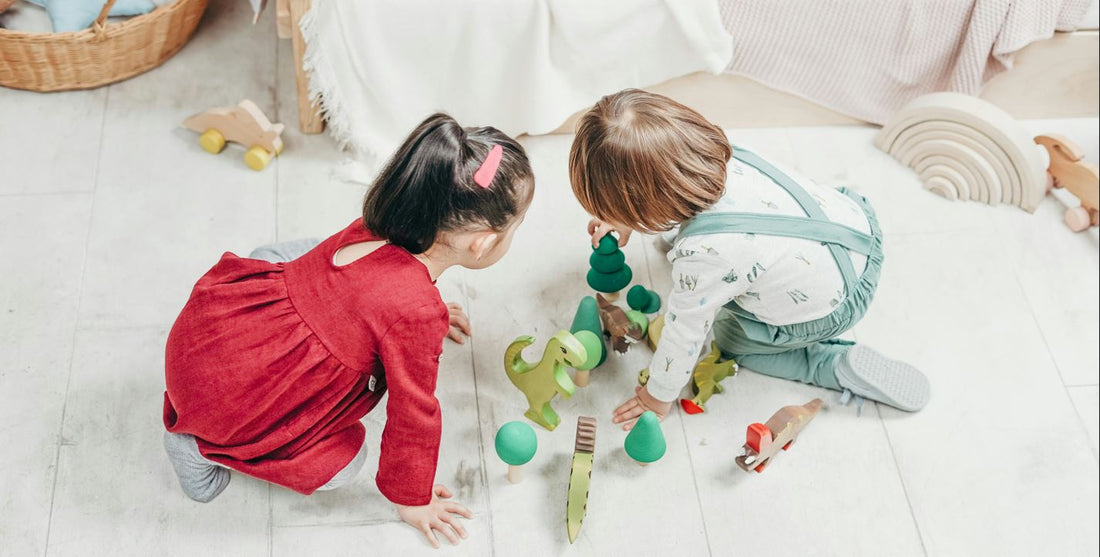Introduction:
Language acquisition in babies is a miraculous journey filled with intriguing milestones and discoveries. From the silent chambers of the womb to the lively playgrounds of toddlerhood, each stage unveils new dimensions of linguistic exploration. In this comprehensive guide, we delve into the captivating process of how babies master language skills, accompanied by practical methods like Tiny Walkers Busy Books (click to learn what is Tiny Walkers' Busy Books) to enhance their learning experience.
 Pre-birth Language Learning:
Pre-birth Language Learning:
Contrary to earlier beliefs, the journey of language acquisition commences long before a baby's first cry. Pioneering research reveals that fetuses actively engage in pre-natal language learning, responding to sounds and rhythms within the womb. This astonishing revelation highlights the significance of early exposure to language, shaping a baby's linguistic foundation even before birth.
Zero to Six Months: The Listening Phase
During the initial months, babies are avid listeners, attuned to the melodious cadence of their caregiver's voice. They discern nuances in language, distinguishing familiar sounds and expressions. Through cries, babies initiate their communicative journey, laying the groundwork for future language development.
Six to Twelve Months: Babbling and Interaction
As babies transition into the peek-a-boo stage, their vocal repertoire expands with playful babbling and vocal experimentation. They respond to their name and simple greetings, displaying early signs of social interaction. This period marks the emergence of babbling and the onset of word recognition, paving the way for expressive language skills.
One to Two Years: First Words and Gestures
By their first birthday, babies take their first steps towards verbal communication, uttering their inaugural words like "mama" and "dada." They exhibit comprehension of basic commands and engage in rudimentary conversations through gestures and simple phrases. This phase signifies a remarkable leap in language acquisition, as babies embark on their linguistic journey with newfound zeal.
 Two to Four Years: Vocabulary Expansion
Two to Four Years: Vocabulary Expansion
Toddlers enter a phase of rapid vocabulary growth, acquiring an extensive array of nouns, verbs, and adjectives. Their language structures become more sophisticated, enabling them to construct coherent sentences and engage in meaningful dialogue. Through interactive language activities and exposure to diverse stimuli, toddlers solidify their linguistic prowess, embracing the richness of language acquisition.

Practical Methods to Enhance Language Learning:
Incorporating play-based learning activities, such as Tiny Walkers Busy Books, can significantly augment a baby's language development journey. These interactive resources provide a stimulating environment for language exploration, fostering listening skills, vocabulary expansion, and social interaction. By integrating play into everyday routines and creating immersive language experiences, caregivers can nurture a child's linguistic potential while fostering a love for learning.
Conclusion:
The journey of language acquisition in babies is a testament to the remarkable capabilities of the human mind. From the first flutter of fetal ears to the eloquent babble of toddlerhood, each stage is infused with curiosity, wonder, and endless possibilities. By understanding the intricacies of language development and embracing innovative learning approaches, caregivers can empower babies to embark on a lifelong journey of linguistic discovery and expression.

